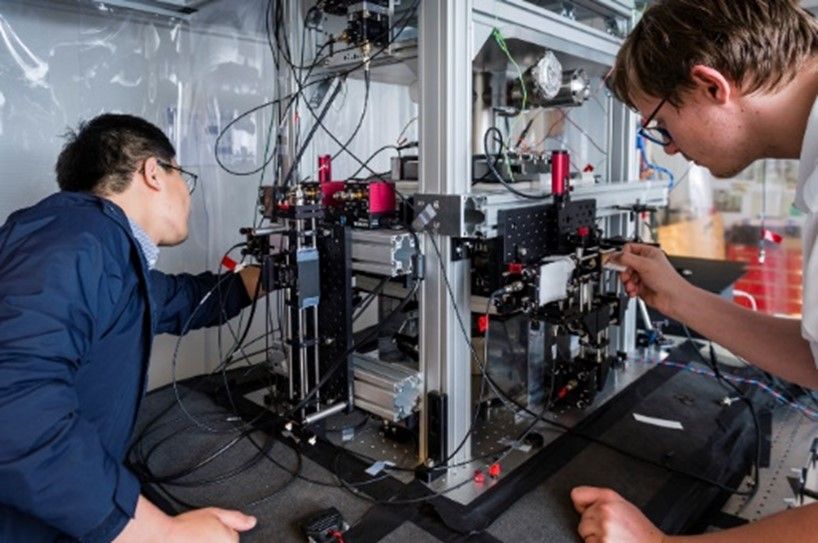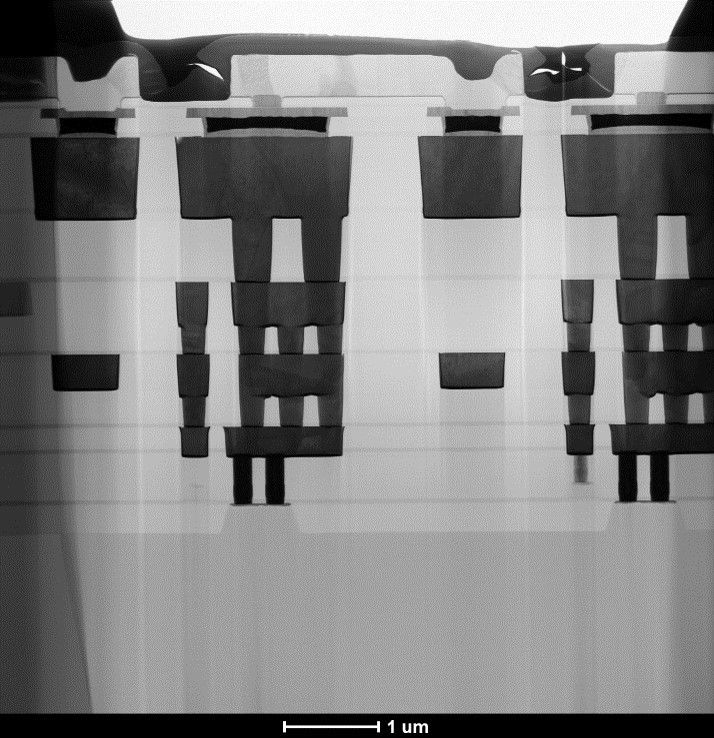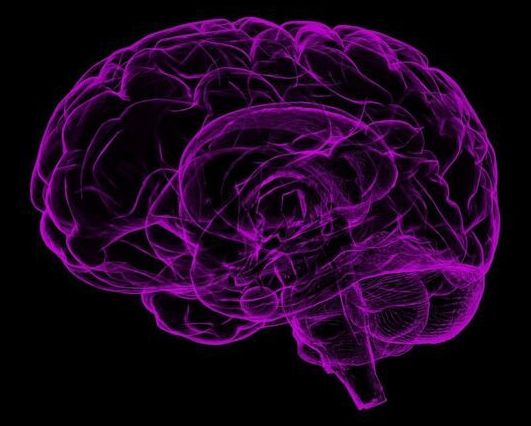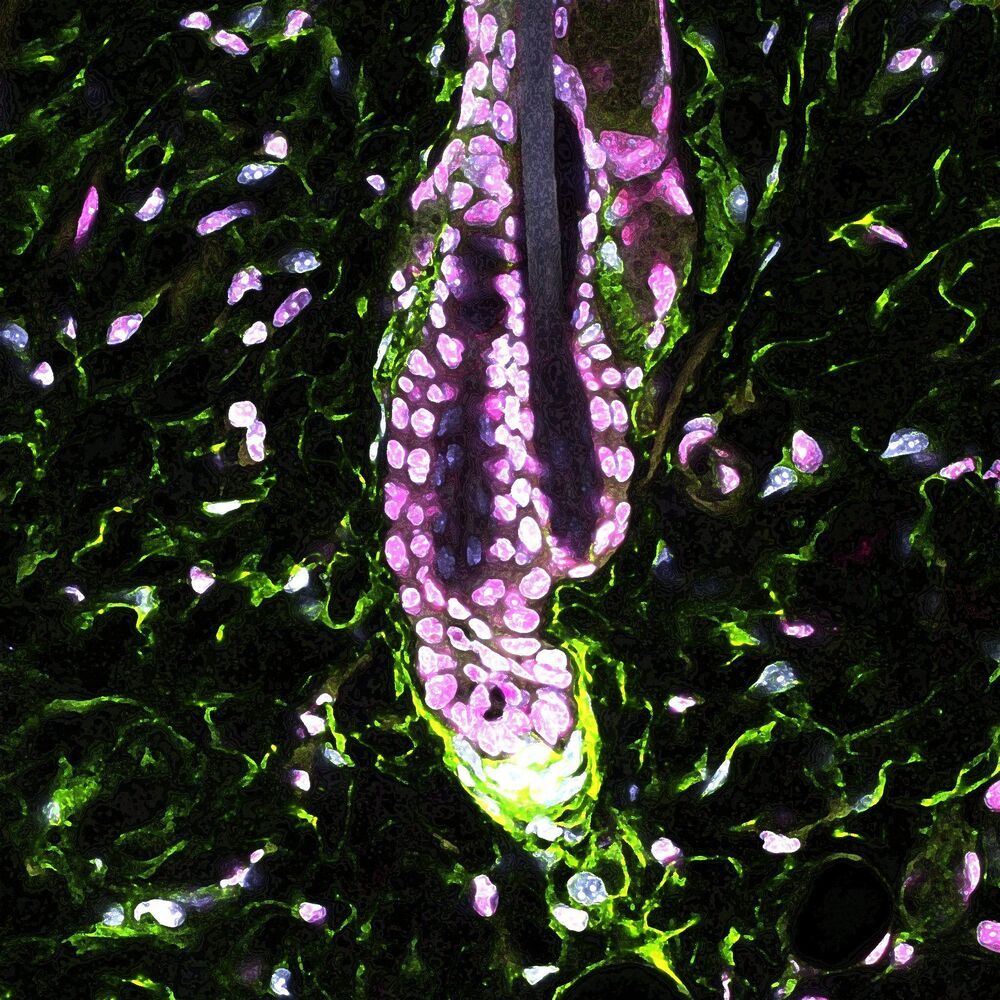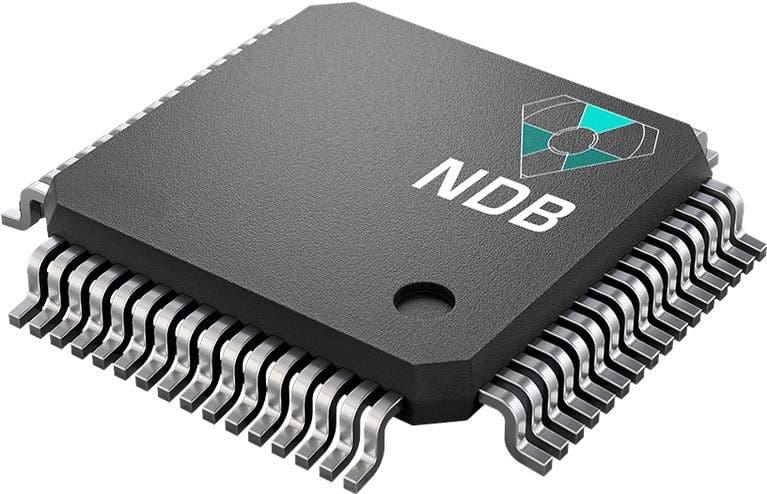I’ll believe it when I see it. But this is a skyhook which can be made with existing materials.
With one end of a steel cable hovering in Earth’s orbit and the other end somewhere in outer space, the concept of a futuristic floating “space elevator” promises to amplify humans’ ability to explore the universe — and scientists engineering an improved take on the 19th-century idea say the one-time fantasy is close to becoming a reality.
“Technical-wise, it’s kind of ready,” said George Zhu, a professor of mechanical engineering at York University and a coauthor of a new study on the idea. “It just has small engineering [adjustments], and there’s no fundamental difficulty to do that.”
Zhu’s paper, published March 17 in Acta Astronautica, refines his foundational design for a mechanically feasible space elevator, which has several applications for space-related missions. It suggests that instead of previous concepts employing only one cable, or tether, there should be two attached, which can maintain opposite forces while transporting cargo in parallel.


